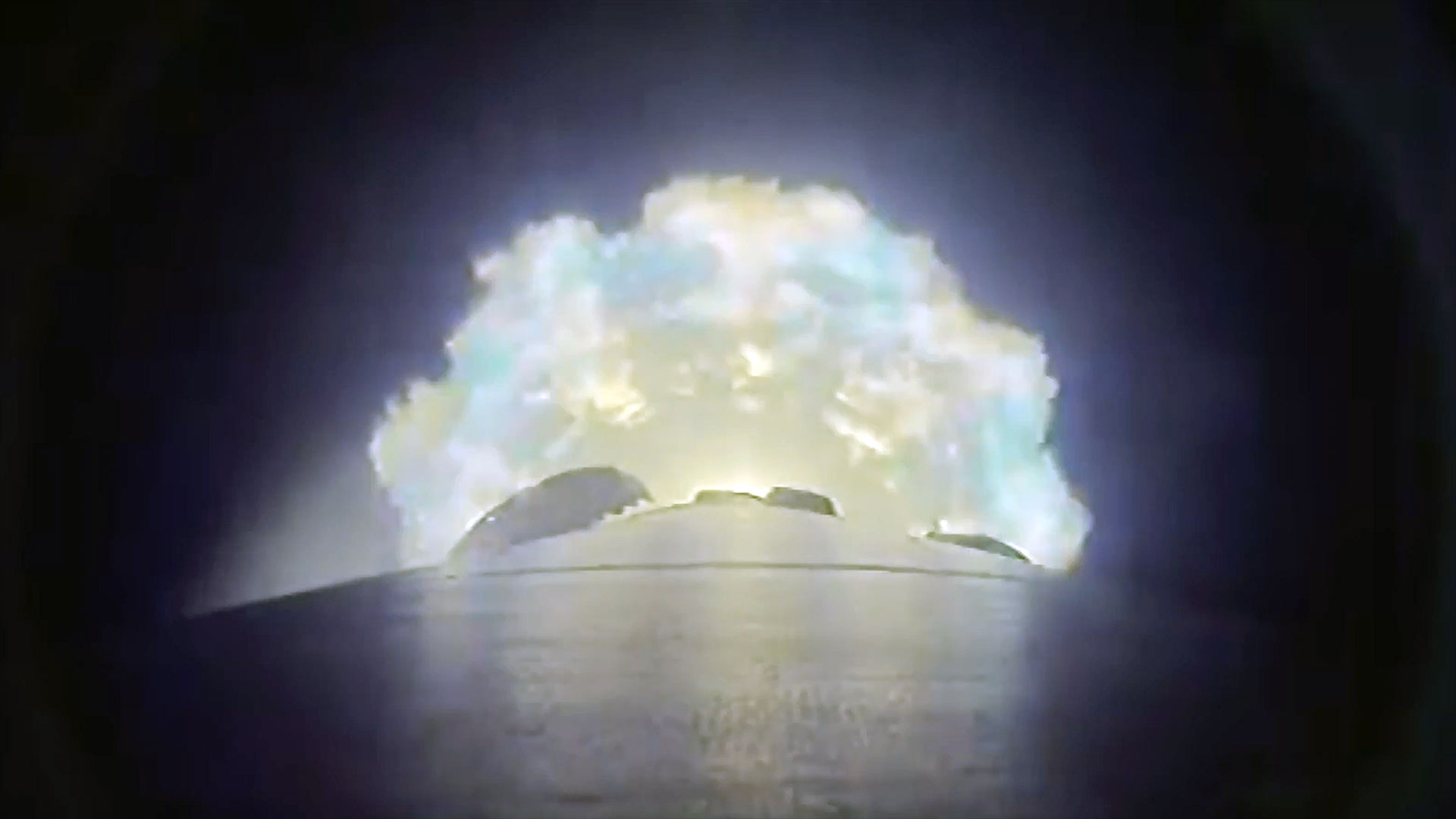Stowaways Could Ruin Mars Missions
Current and upcoming missions to Mars hope to find some signof past or present life in martian soil. But a constant worry is thatbiological contamination on the spacecraft will lead to a false detection.
New research adds to these concerns with evidence that ATP ?an energy-storage molecule vital to life on Earth ? could survive for months oreven years onboard a martian probe.
Andrew Schuerger of the University of Florida and colleaguesused a martian simulator to measure the degradation rate of ATP (adenosinetriphosphate). This complex organic molecule transports chemical energy throughthe cells of all terrestrial organisms. It undoubtedly has found its way ontoevery spacecraft that has ever flown.
"It turned out that under normal equatorial Marsconditions the ATP was a lot more stable than we anticipated," saidSchuerger.
If ATP stowaways can survive as long as Schuerger's teamobserved, they could wind up in life-detection instruments, thereby confoundingefforts to detect organic molecules inherent to Mars.
Most scientists believe that if martian life exists, itdepends on some form of complex organic molecules. The 1976Viking missions were the first to search for these compounds in martiansoil but were unable to detect any.
NASA's Phoenix mission, which landed on Mars on May 25, willtry again. But Phoenix is examining ice-rich soil from deeper down than Vikinglooked. The forthcoming Mars Science Laboratory and ExoMars missions also planto dig for organic molecules.
Breaking space news, the latest updates on rocket launches, skywatching events and more!
Schuerger and his colleagues, writing in the March issue ofthe journal Icarus, think that prelaunch cleaning protocols on thesemissions may need to be strengthened to minimize ATP contamination.
Martian bake
In Schuerger's lab sits the Martian Simulation Chamber(MSC), a half-meter-wide cylinder in which temperature, pressure and radiationlevels are controlled to mimic conditions on the Red Planet. Special attentionis given to reproducing the ultraviolet light from the sun, which easilypenetrates Mars' ozone-less atmosphere and is particularly damaging tobiomolecules like DNA.
In previous work, Schuerger and his colleagues placeddifferent bacteria samples in the MSC and found the organisms could not survivemore than a few hours in simulated martian sunlight.
"We expect a spacecraft surface will be sterilized onthe first day after landing on Mars," Schuerger said.
The short life expectancy of terrestrial microorganisms onMars is reassuring, but Schuerger and colleagues wondered what would happen tothe "dead bodies" and other biological residues that may contaminatethe surface of a space probe.
Past studies looked at simple organic molecules, butSchuerger's group is the first to measure how long a biologically-specificmolecule ? in this case ATP ? might survive the harsh conditions on Mars. Theresearchers expected it to remain for only a few martian days (or sols) butwere surprised when the MSC results implied that ATP would take 158 sols todisappear from sun-exposed surfaces, and as long as 32,000 sols (nearly 50martian years) from shaded regions.
The authors are careful to point out, however, that actualresidence times could be shorter, since their simulation did not account foroxidizing chemicals that are likely to play a role in degrading organicmolecules on Mars.
Containing contamination
Schuerger?s work was supported by NASA's PlanetaryProtection Office, which is responsible for avoiding contamination ofextraterrestrial environments. Much of the attention is on preventing an"invasive species" from hitchinga ride to Mars.
Typically, a Mars lander must have fewer than 300,000bacterial spores on its outer surface before launching, "which is fewerorganisms than you would find in a pinch of dirt in your garden," saidCassie Conley, NASA's planetary protection officer.
However, planetary protection policies do not regulatenon-living organic material.
William Boynton of the University of Arizona is the leadscientist on the Phoenix mission's Thermaland Evolved Gas Analyzer (TEGA), which will look for organic molecules onMars. His team built their instrument under very stringent clean roomconditions, but "making it any more rigorous than this would have sloweddown the construction to the point we could not have delivered the instrumentin time for launch," he said.
Conley thinks the amount of ATP on Phoenix and othermissions is probably small to begin with, but if it does survive long enough toshow up in experiments, "scientists will need to do more homework tointerpret their results."

Michael Schirber is a freelance writer based in Lyons, France who began writing for Space.com and Live Science in 2004 . He's covered a wide range of topics for Space.com and Live Science, from the origin of life to the physics of NASCAR driving. He also authored a long series of articles about environmental technology. Michael earned a Ph.D. in astrophysics from Ohio State University while studying quasars and the ultraviolet background. Over the years, Michael has also written for Science, Physics World, and New Scientist, most recently as a corresponding editor for Physics.
